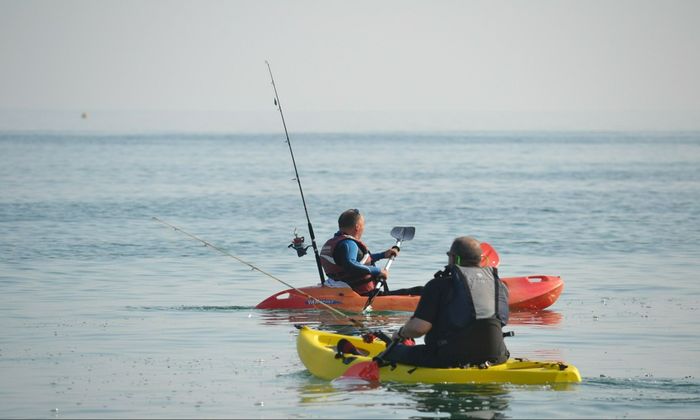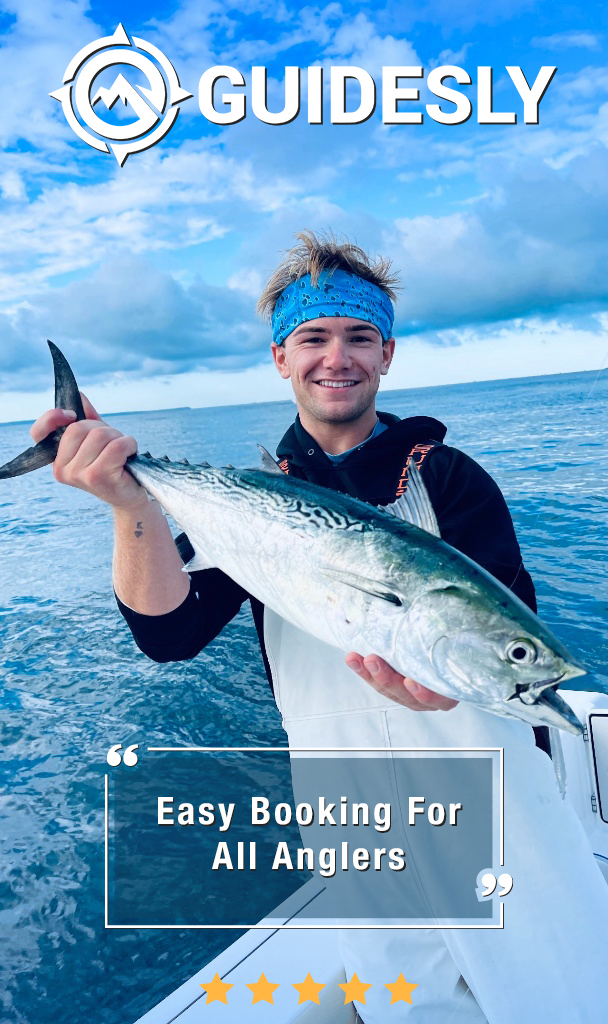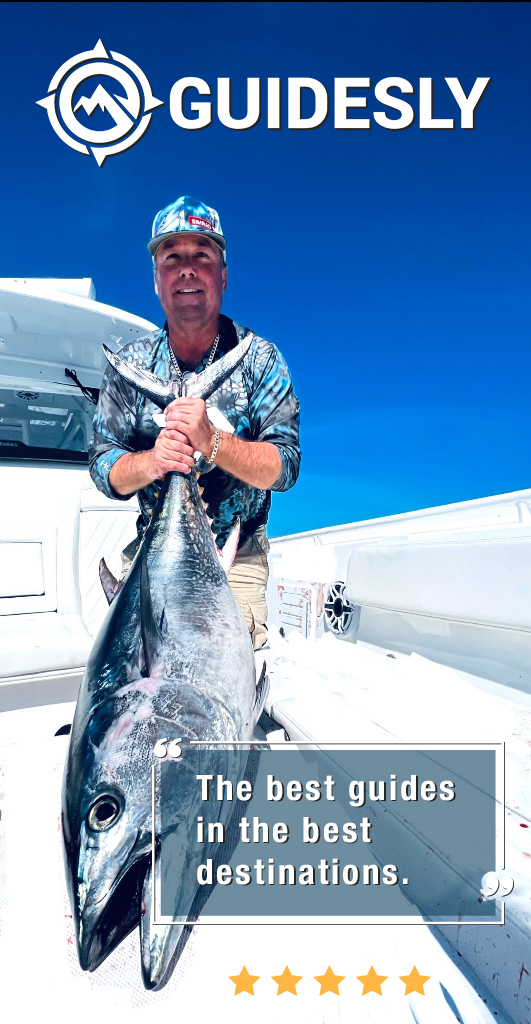Kayak Fishing Tips for Beginners
Everything an angler needs to know about fishing on a kayak.

Boating is a great but expensive way to fish around the water. Aside from its steep buying price, other costs like maintenance, storage, fuel, and taxes can make it an unappealing investment for many anglers on a budget. Figuring out the logistics can be just as hard, especially when planning a fishing trip out of the state. Given the downsides to owning a motorboat, many anglers would use cheaper alternatives like paddleboards or kayaks. In particular, kayaks have much more space than paddleboards but are just as easy to bring around. Many modern kayaks used for recreational fishing are inflatable and can be brought around in a bag. There are both pros and cons when comparing how kayaks hold up against motorboats. Motorboats have more space than kayaks, but they make up for it by being customizable enough to have more equipment holders. Kayaks are slower than motorboats, but the sound of the motor makes much more noise. Fish are less likely to get spooked and run away when slowly approaching. Moving through a paddle makes guiding the boat much easier than when using a motor. Finally, kayaks are much cheaper than buying a boat, both in retail price comparisons and through saving up on fuel costs.
Despite being cheaper than using boats, the fishing experience can also differ. There’s little space to go around, so equipment management is a huge factor. Kayaks can also be in a variety of forms. Some allow anglers to stand up, while some only allow fishing while seated. Some kayaks can even be paddled through using pedals like a bike. As kayak fishing is a unique experience in itself, here are some tips for anglers who want to try it out.
Kayak Fishing: Everything You Need to Know
1. Choose the Right One

Kayaks come in different shapes, colors, sizes, and even extra functions. Before even thinking about fishing using a kayak, anglers should decide which one is the best. Budget, functions, size, comfortability are all factors that anglers consider when choosing a kayak. It’s good to match the type of kayak with the kind of waters that anglers frequently visit. Anglers have to consider water depth, how rough the water can get, and even its size. Anglers should also ensure that their equipment can be secured on the kayak. An average kayak has a weight limit of 250 lbs to 300 lbs; it’s up to the angler to allocate and distribute the weight. Many kayaks can add floaters to the side of the kayak, which gives extra storage space. Some kayaks are better suited to a specific style. Anglers focusing on fly fishing should use kayaks that allow them to stand up. Attachable parts that hold trolling can also be purchased.

2. Choose the Right Paddle
While it may seem simple, seeing as paddling is the only way to move around in a kayak, then taking care to choose the right paddle is definitely important. Anglers should get a feel for each paddle before buying it. Some can be too long, especially when seated. Other paddle’s length can feel just right but don’t provide enough force to significantly move the kayak.
A paddle leash is another essential item for kayak anglers. It keeps the paddle snug while an angler is busy. Battling fish can rock the boat a lot so keeping everything secure is very important. The last thing any angler on a kayak wants is to lose their paddle.
3. Know the Weather and Keep Safe
One drawback to using a kayak is that it’s less sturdy than a motorboat. Many boats are big and strong enough to withstand rain and rough waves. Depending on how strong the winds and waves are, using a kayak can be as hard as dangerous. In a worst-case scenario, it can even capsize. Like any planned fishing trip, anglers have to check the weather report the day before the trip and see if the conditions are favorable and safe enough.
Another thing anglers can do to stay safe is to bring a first-aid kit with them and to wear a life vest. A trip with a friend is also a good idea. It makes sure that there’s a helping hand in case of an emergency.
When out fishing for long periods, using sunscreen is something anglers should never forget to do. Sitting under the sun for a long time can cause sunburns and serious diseases like skin cancer. Anglers should put on sunscreen regardless of whether the skies are cloudy as UV rays that cause cancer still hit the body.
4. Try Fly Fishing or Trolling
One distinct advantage kayak fishing has overfishing on a boat is the better vantage point. This is due to the kayak’s flat nature. Fishing on a kayak is also much more up close and personal compared to doing so on a boat. With a great view of the fish, anglers will definitely have a better time casting lures. Since smaller kayaks have access to narrower areas, anglers can also throw in areas many boats can’t.

Trolling is another technique anglers have to try when using a kayak. Many kayaks meant for fishing have rod holders that can double when trolling. Trolling is when anglers use multiple rods while drifting either a boat or kayak on the water. It’s a great way to maximize efficiency when fishing as it covers many areas while having a chance to catch fish. When trolling, it’s good to keep rods far enough that their lines won’t get entangled. Setting up lures in different depths also makes the trolling presentation look more realistic. Finally, adding jigging motions to some rods also gives them more variation. Anglers can also add more rod holders by simply attaching them.




